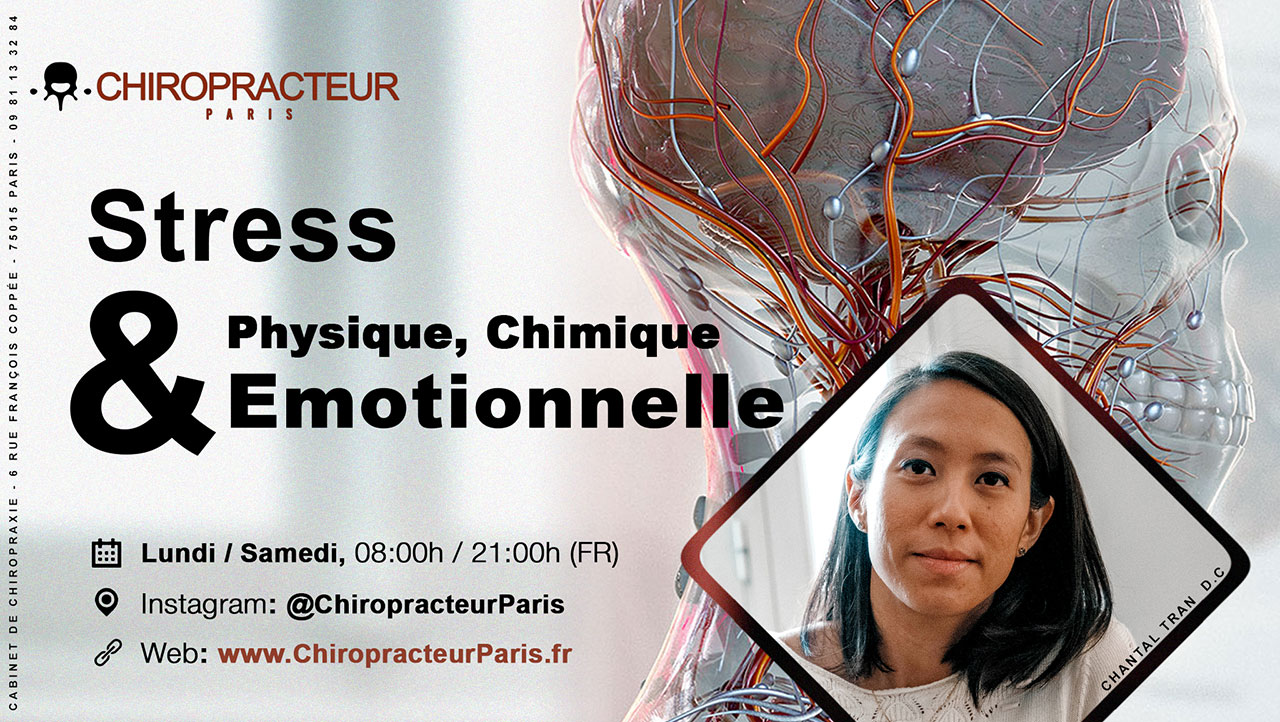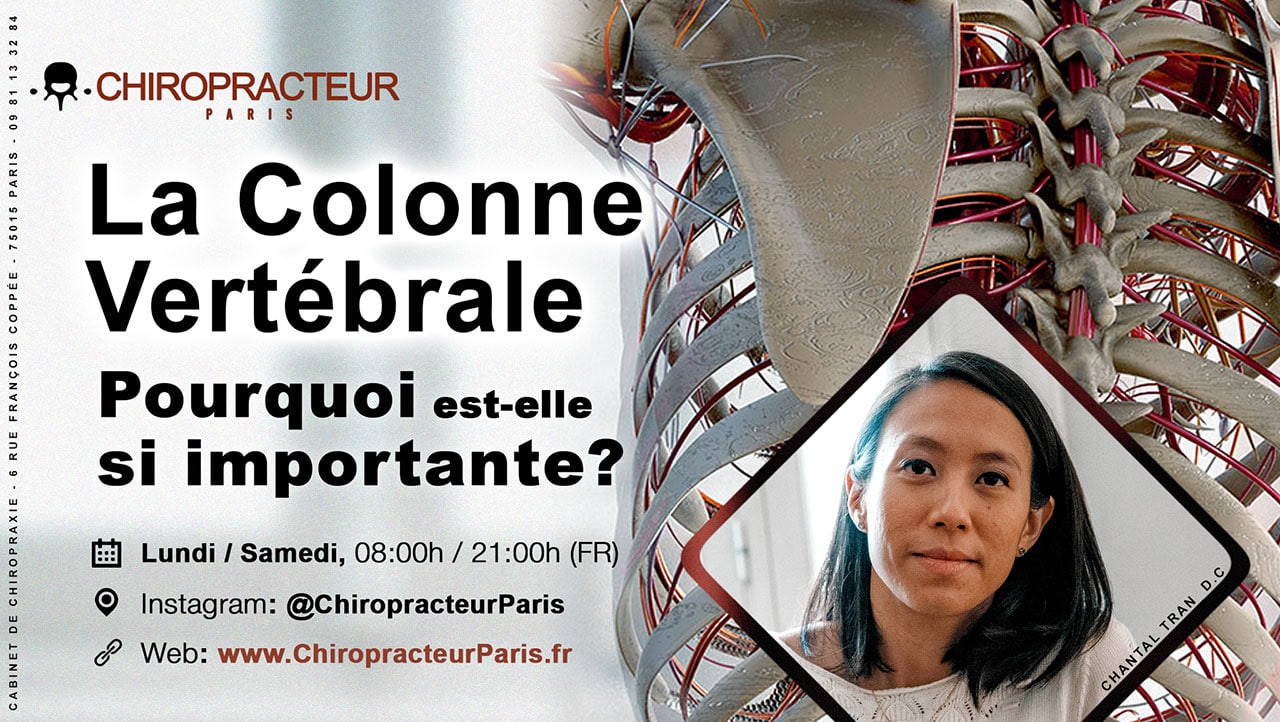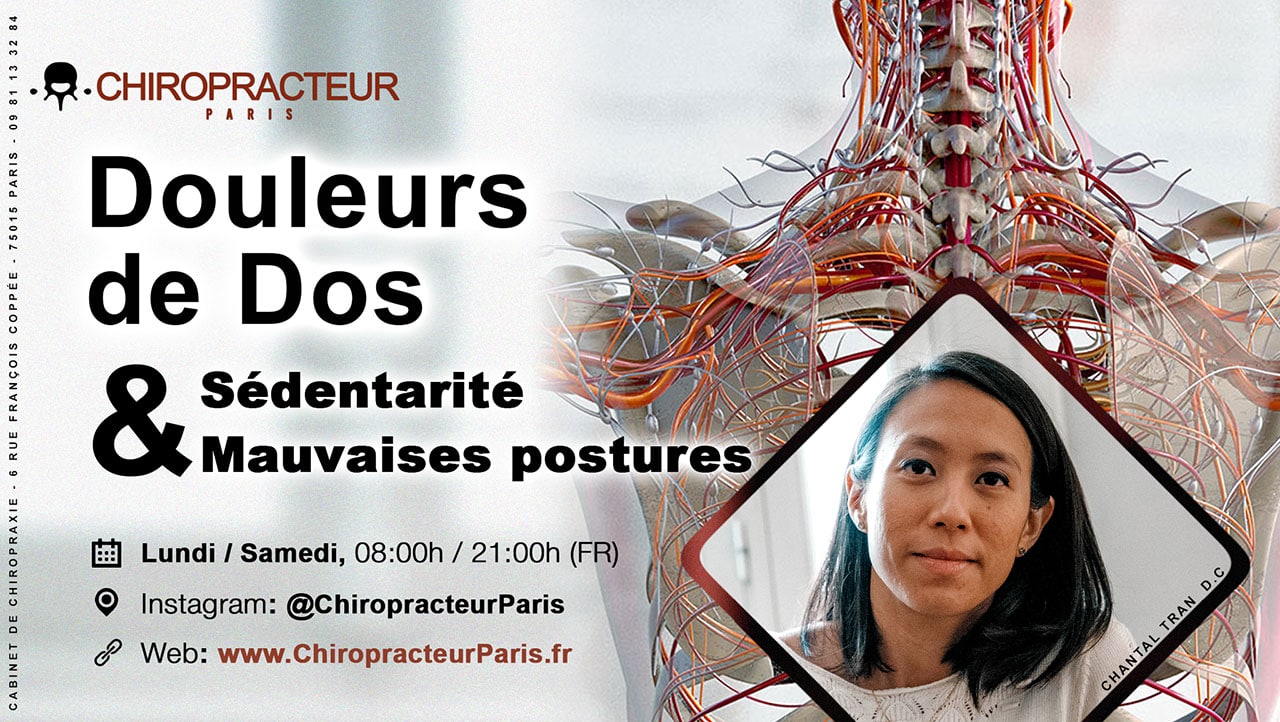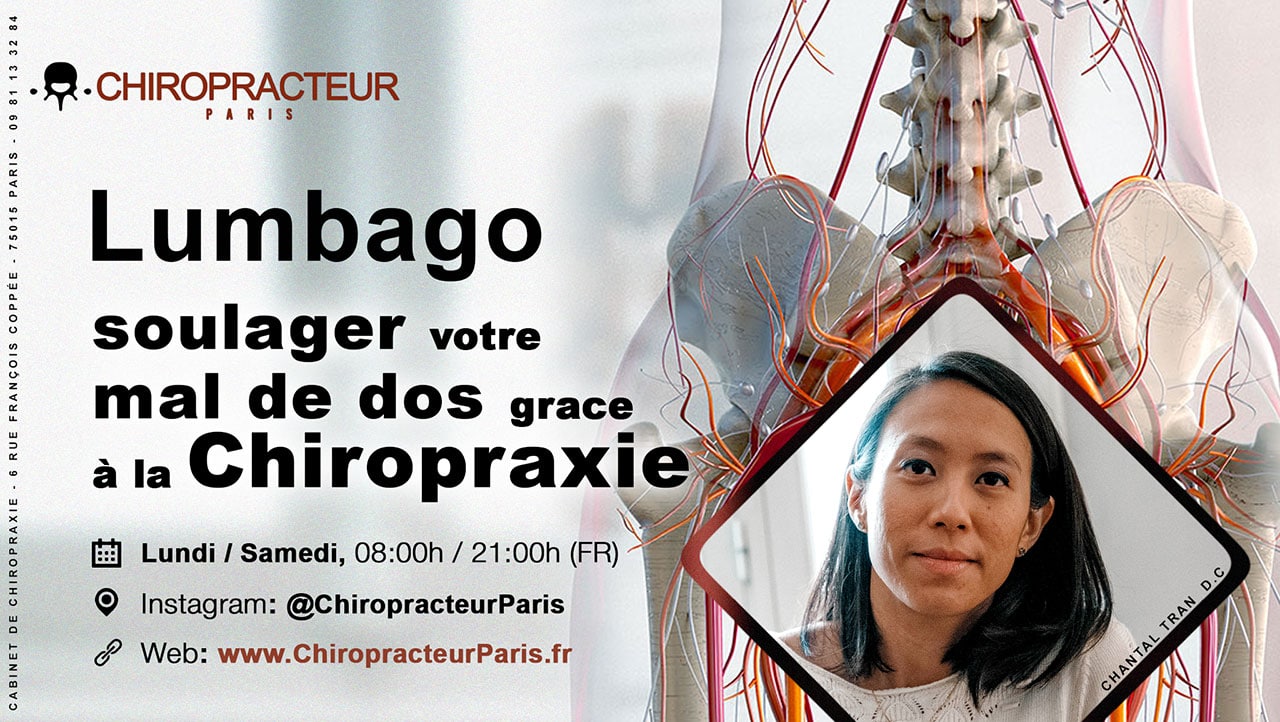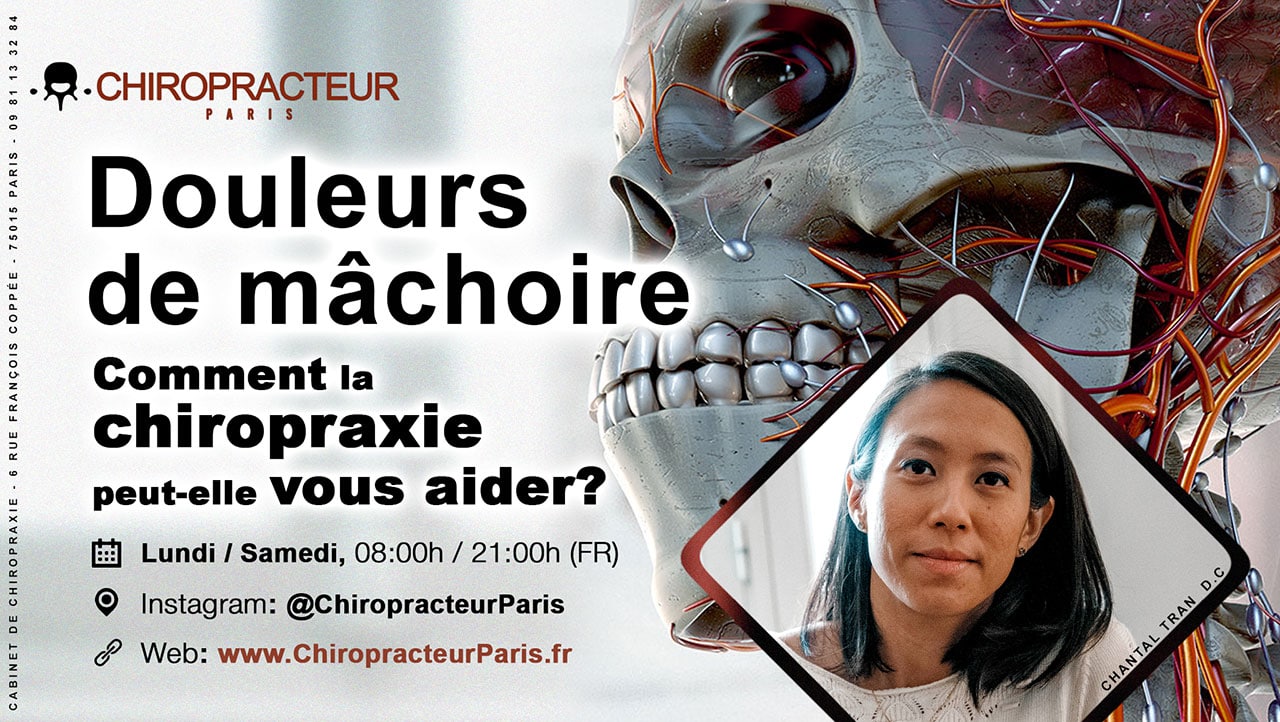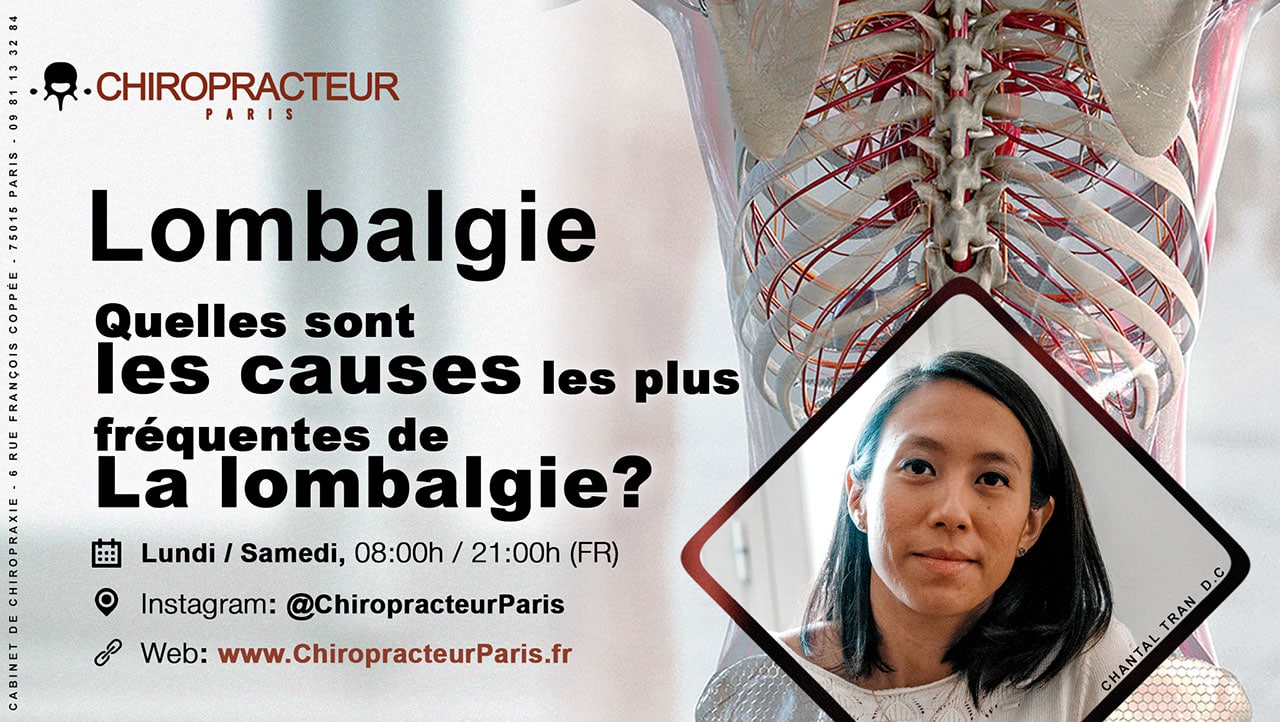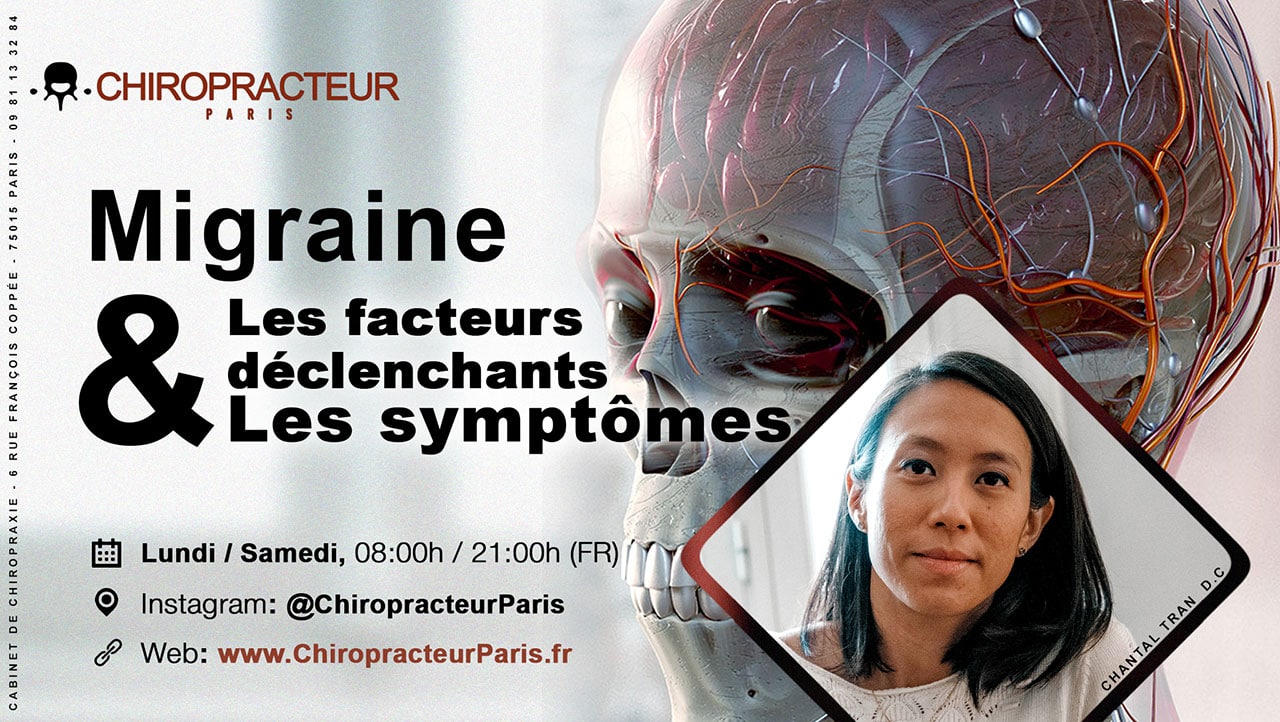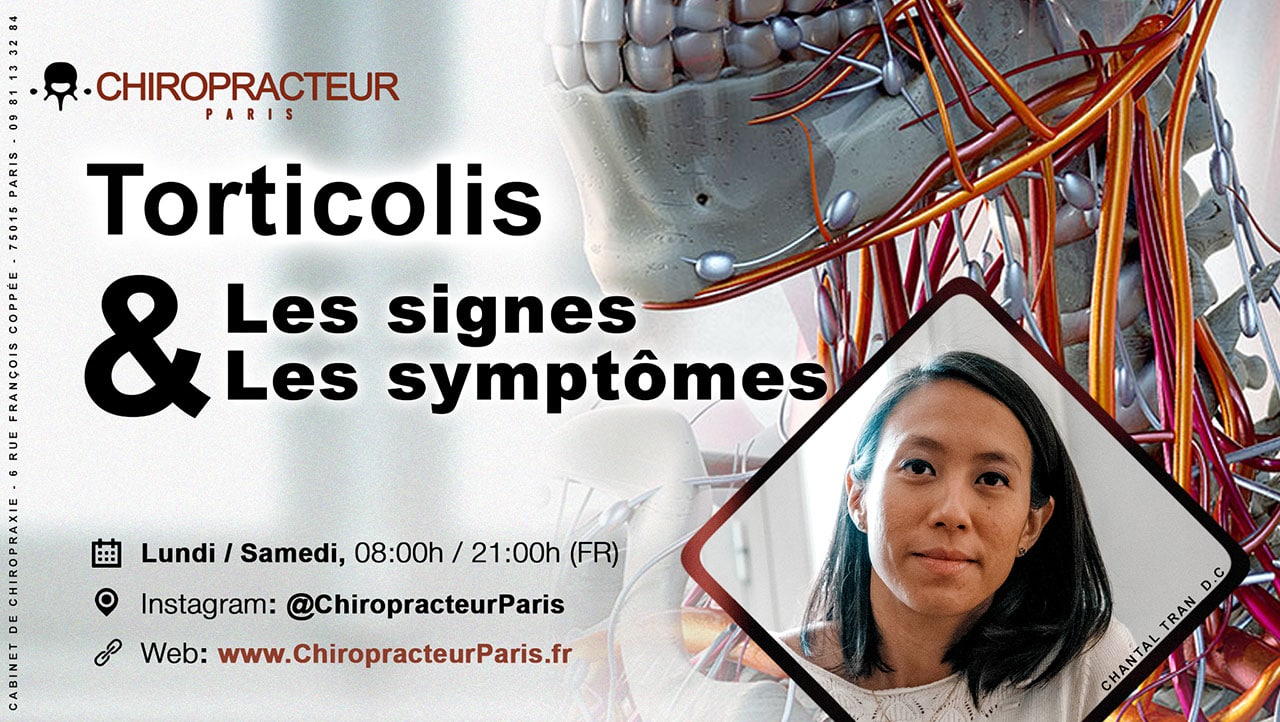Cruralgia
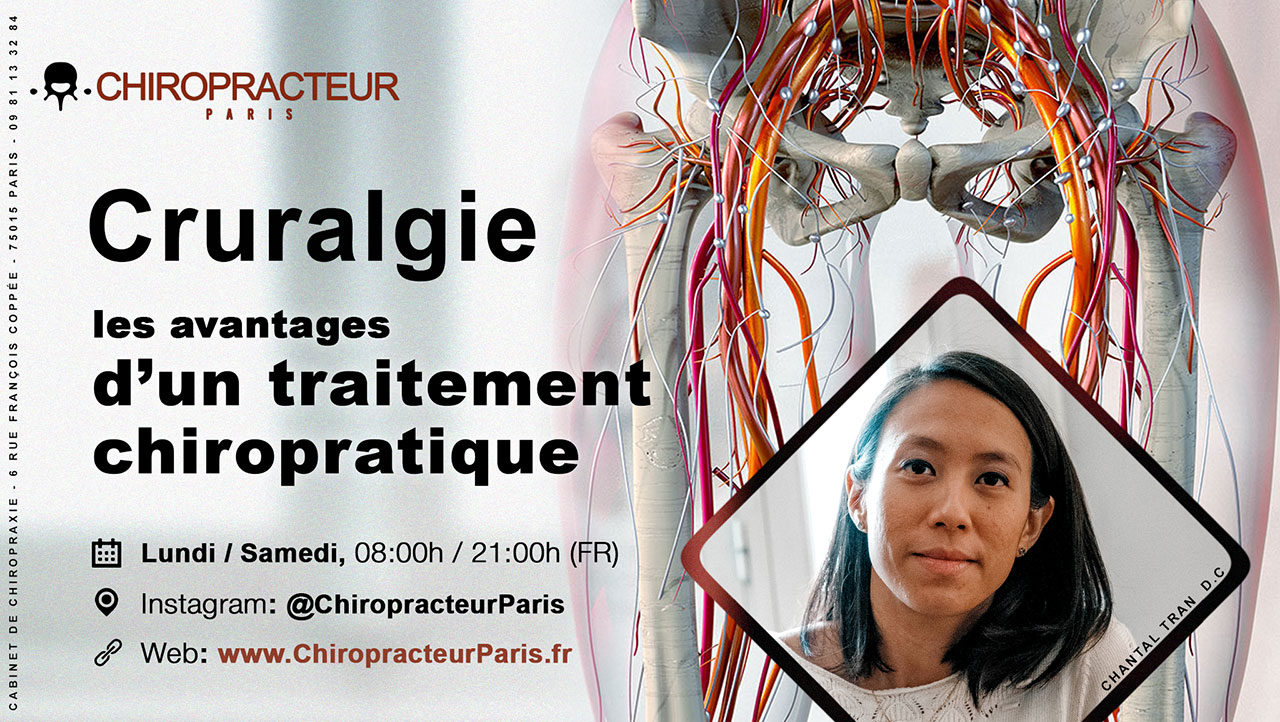
What is cruralgia?
Cruralgia is a nerve pain of the crural (or femoral) nerve that starts in the lumbar region and radiates to the groin and down the leg. The person may feel a tightness along the leg or hip muscles. This may be caused by a disc compression at the lumbar level.
Other possible causes include osteoarthritis, nerve compression and herniated discs. These conditions can also cause cruralgia if they affect the nerves that serve your hips or legs.
Chiropractic care has been shown to help reduce the pain associated with this condition by relieving pressure on the spine and strengthening the surrounding muscles for better back and pelvic support.
Chiropractic care is an effective and natural way to treat pain and improve overall health.
The goal of chiropractic care for cruralgia is not only to treat the symptoms, but also to prevent the aggravation of injuries due to poor posture or movement during activities such as walking, running or lifting heavy objects.
Chiropractors use various methods to reduce pain and improve mobility through spinal adjustments.
What is the difference between cruralgia and sciatica?
Cruralgia and sciatica are two conditions that mean there is nerve pain.
However, the origin and location of the pain are different.
The crural nerve starts a little higher at the lumbar level and controls the muscles of the leg on the anterior side while the sciatic nerve starts a little lower at the lumbar level and then descends into the buttock to innervate the muscles on the posterior side of the leg.
The pain of cruralgia is most often described as a sharp, stabbing pain in the leg. Sciatica pain is most often described as a dull, aching pain that radiates down the back of the leg.
What is the function of the crural nerve?
The crural or femoral nerve is a mixed nerve, i.e. it has a motor and sensitive function on the anterior side of the leg. It allows for example to flex the hip and the leg when walking.
What are the symptoms of cruralgia?
The symptoms of cruralgia are as follows:
- a searing pain in one leg through the groin.
- a burning or pulling sensation
- a feeling of numbness in the thigh or leg
What is the most common cause of cruralgia?
The most common causes of cruralgia are
- Poor body mechanics
- Muscle spasms
- Herniated disc
- Nerve compression
How to walk with cruralgia?
When you suffer from cruralgia, depending on the degree of pain and its duration. Do not hesitate to get back to movement as soon as possible. Lying down, sitting or standing and walking increases the pressure and the compression of the nerve.
The best thing to do is to walk at a normal or even active pace and to stretch your muscles to regain flexibility.
How to relieve cruralgia?
To relieve acute cruralgia, you must rest, apply a few minutes of dry cold on the lower back alternating you can use heat packs to relax the muscle contraction and make chiropractic care. Chiropractic is an effective and natural way to treat acute or chronic pain and improve mobility.
What are the different types of treatments used for cruralgia?
There is no specific treatment for cruralgia, other than taking care of your overall health and body mechanics to avoid making the situation worse. Treatment can include rest, medication prescribed by the general practitioner, back rehabilitation sessions with a physical therapist and chiropractic care that will help strengthen the muscles to support the spine.
What are the benefits of chiropractic care for cruralgia?
- It can help relieve chronic lower back and leg pain.
- Reduce or eliminate the need for medication.
- It helps you feel healthier and more energetic
Do you suffer from cruralgia?
If you are suffering from cruralgia, it is important to see a medical professional immediately! You should never try to self-diagnose or treat yourself without consulting a specialist first! As a chiropractor, we have been helping people get rid of their cruralgia for over 10 years now!
And each of the 4 chiropractors on our team works with patients every step of the way until they find relief!




